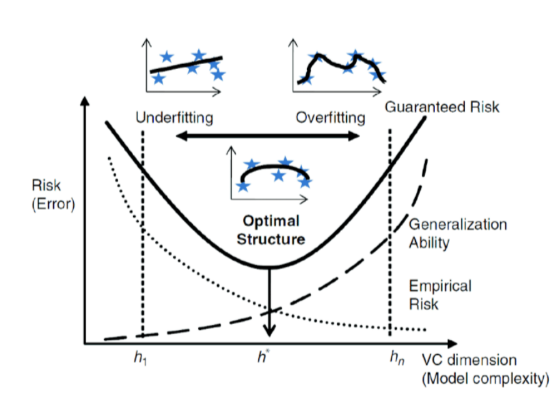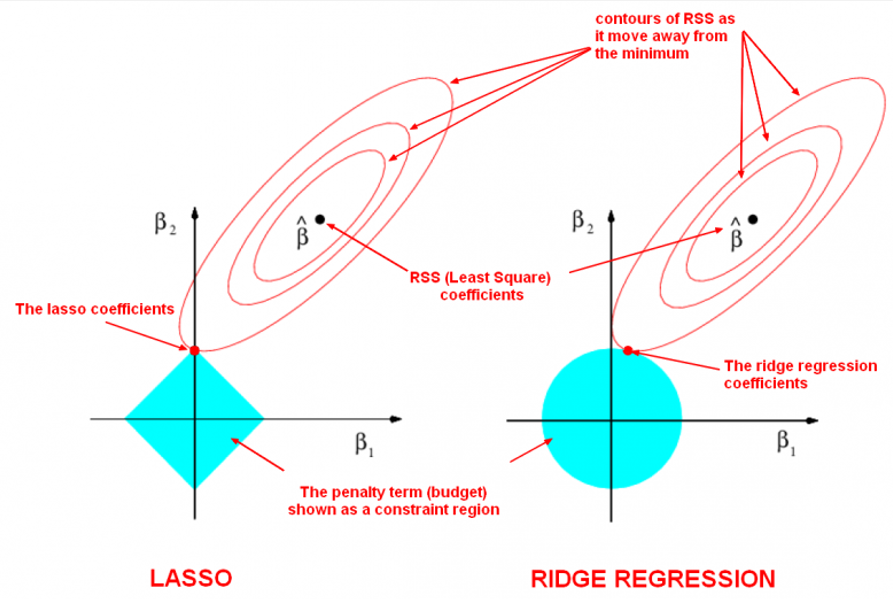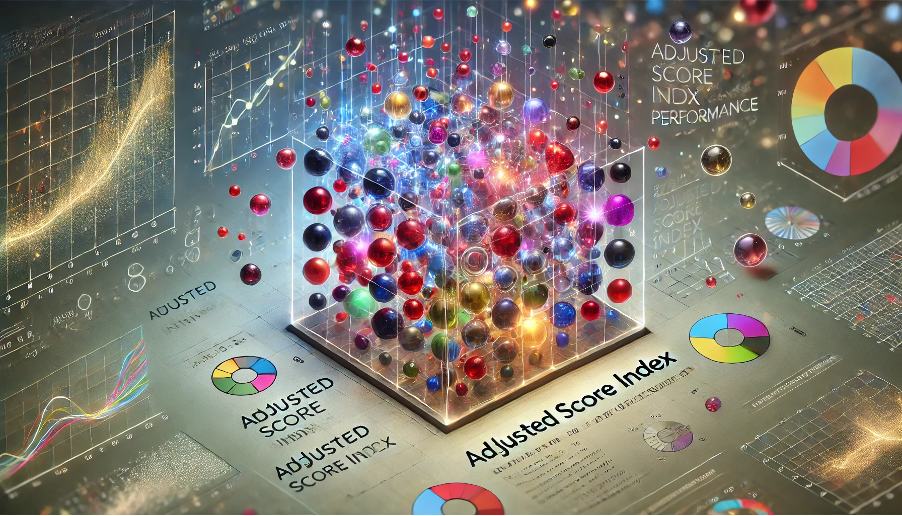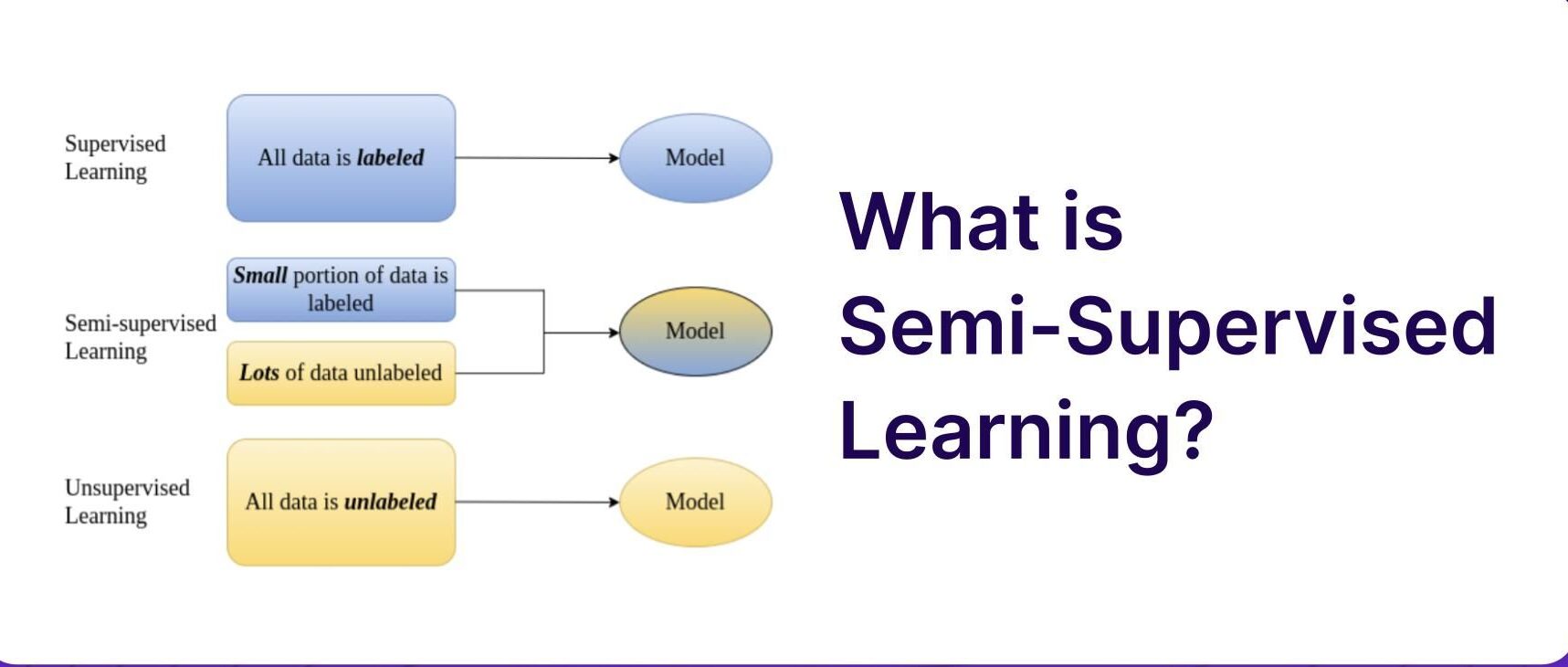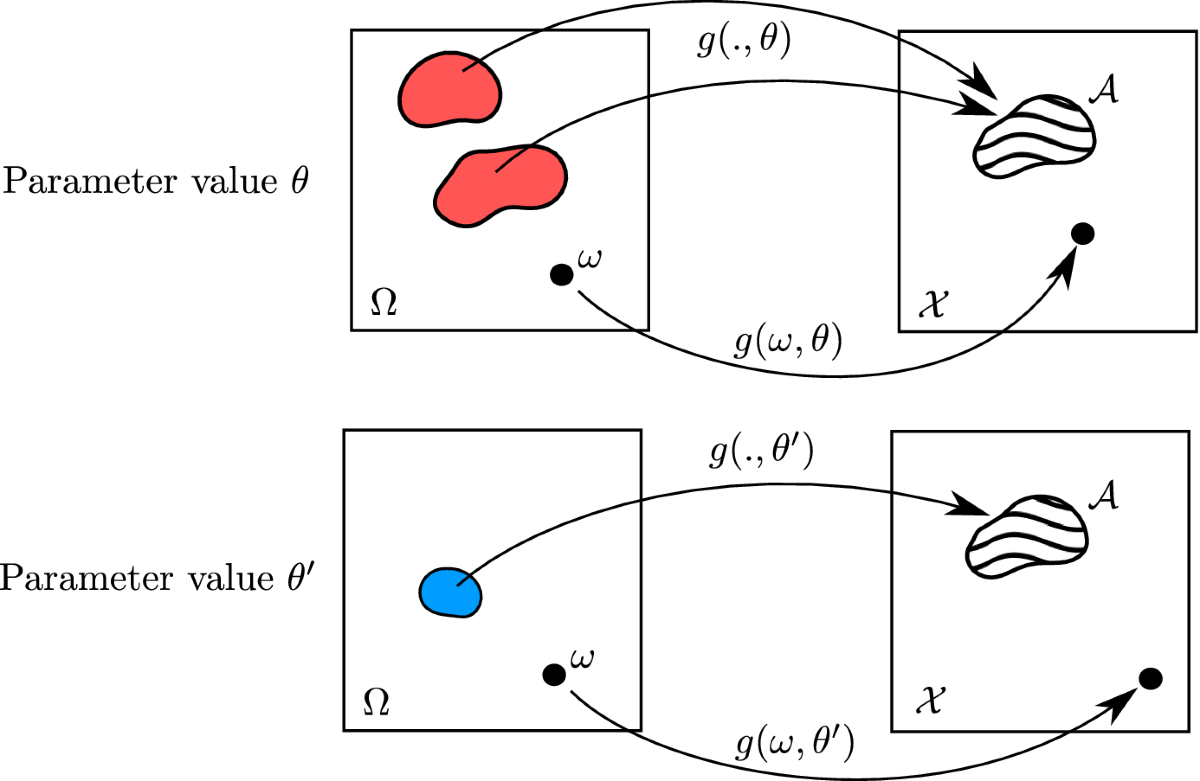Imagine adjusting the focus of a camera lens: a wide aperture captures more details but risks blurring the image, while a narrow aperture misses finer details but ensures sharpness. Similarly, Vapnik-Chervonenkis (VC) capacity is like a lens for machine learning …
A Brief History: Who Developed Ridge Regularization? Ridge regularization, also known as L2 regularization, emerged in the 1970s to address multicollinearity in linear regression models. Researchers Arthur E. Hoerl and Robert W. Kennard pioneered this technique to stabilize regression models …
A Brief History: Who Developed It? The covariance rule, rooted in Hebbian theory, was first conceptualized in the mid-20th century by Donald Hebb, a Canadian psychologist and neuroscientist. This idea later evolved into mathematical models that allowed the scientific community …
A Brief History: Who Developed It? The Adjusted Score Index (ASI) was developed as a statistical method to evaluate clustering performance: it adjusts for random chance to ensure accurate assessments. Building on the Rand Index, the ASI addresses its limitations …
A Brief History: Who Developed Semi-Supervised Learning? The concept of semi-supervised learning (SSL) emerged in the late 1990s to address challenges in leveraging unlabeled data for machine learning. Researchers like Xiaojin Zhu played a significant role in formalizing SSL techniques. …
When evaluating a field of crops, focusing on the weakest areas helps identify what’s holding them back. This ensures even the most challenging conditions are addressed, improving the entire field’s health. Contrastive Pessimistic Likelihood Estimation (CPLE) operates similarly: it identifies …


